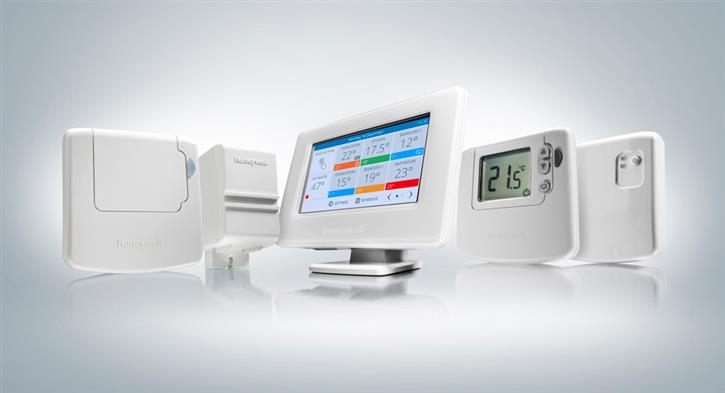

In today’s modern market, installers need to capitalise on the new trends that are sweeping through the industry, while knowing what’s here to stay and what is simply a fad. To help businesses stay ahead of this fast-paced market, Andy Mansfield has devised five top tips on how to break in to one of the fastest moving markets around – that of smart controls.
Know the market
As the industry continues to move towards smart technology being the norm, installers need to invest time in getting to know what is available as well as ensuring they are up to speed with the latest legislation that needs to be adhered to when completing an installation.
The best place to start is with your merchant who can offer some great advice and alternative products. At the same time, look to manufacturers that offer dedicated installer networks and up-to-date training courses both of which can help in answering industry questions.
Customer service
Now is the perfect time to brush up on customer service skills. Knowing the customer’s wants and needs is important to building trust helping with repeat business and referrals.
Remember a website is a business’ shop window, so include as much detail as possible when it comes to accreditations or qualifications the business holds, testimonials, case studies and other services offered – it’s always worth asking the manufacturers if they have any web promotional material that will help with your own website.
No more ‘fit & forget’…
Becoming an installer of smart controls means moving away from a ‘fit and forget’ mind-set, and instead becoming a smart energy advisor who can ensure they are the go-to for homeowners looking for connected products.
Smart controls require installers to offer homeowners a good level of consultancy. It’s worth sitting down with the homeowner beforehand to know what system they want and what it will take to install it.
Know your TPI from your IFTTT
With any new trend comes industry buzzwords, and the smart controls market is no exception. Knowing what the jargon means and being able to pass this insight onto your customer in a way which helps upsell the lifestyle benefits of smart controls, as well as the money and energy they can save, is a must.
IFTTT, or ‘if this then that’, is a web tool that automates tasks between two apps or ‘channels’. It enables smart thermostats which are available on the IFTTT channel, to access information from and react to 134 smartphone or tablet services, including Apple and Android favourites like weather, geolocation, calendars and sport apps. After registering with IFTTT online, homeowners can programme certain tasks to take place automatically. Each formula, or ‘recipe’, follows the simple ‘if this then that’ rule, enabling users to get the most out of their apps.
Time Proportional Integral (TPI) controls are now seen as standard across the industry. TPI allows the thermostat to learn the behaviour of the heating system. It automatically understands how the environment around it responds, and adjusts accordingly, without the need for intervention or set up.
Partnerships
It’s always good to have industry contacts, but now is the time to build a network of partnerships. Some smart installations will require the expertise of electricians and other tradesmen. Thinking ahead now is also a great way to understand the routes to upskilling and the benefits of becoming a trained electrician as well as an installer, especially if most of the jobs on your books involve smart controls.
Andy Mansfield, marketing manager at Honeywell.
If you'd like to keep up-to-date with the latest developments in the heating and plumbing industry, why not subscribe to our weekly newsletters? Just click the button below and you can ensure all the latest industry news and new product information lands in your inbox every week.